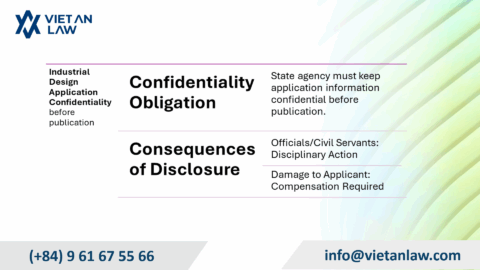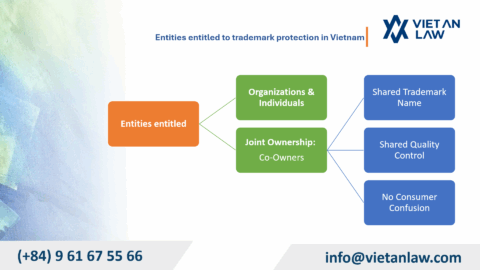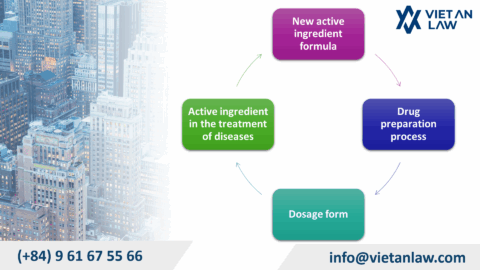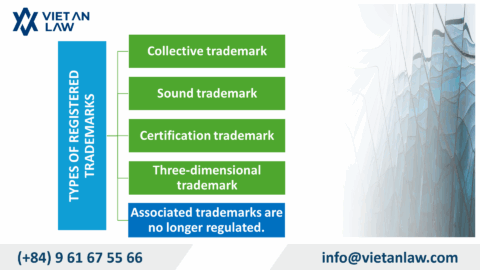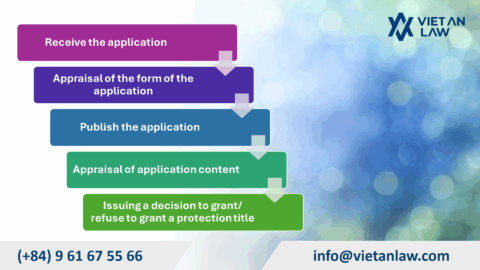A trademark is a sign used to distinguish the goods and services of different organizations and individuals, created by human intelligence. In order to avoid being copied or used illegally, it is necessary to register for trademark protection at the National Office of Intellectual Property. However, not all trademarks are accepted for protection. In particular, signs that are deceptive or misleading to consumers will not be eligible for registration. So, how to identify and avoid violating these regulations? The following article will clarify the above issues according to the current law.
Table of contents
Deceptive signs in a trademark are elements in a trademark that have the potential to mislead or misrepresent factual information about the product or service it represents. These signs can mislead consumers about the origin, quality, features, or other characteristics of the product/service, thereby influencing purchasing decisions.
Article 72 of the Law on Intellectual Property 2005 amended in 2022 stipulates that a trademark is protected if the following conditions are met:
Thus, in order to be protected, a trademark must meet two basic conditions: a sign that can be recognized visually or in graphic form, and capable of distinguishing the goods and services of the owner from others.
These regulations not only protect the legitimate interests of businesses but also ensure transparency and healthy competition in the market. Therefore, the design and registration of trademarks should be carried out carefully, in accordance with the law, to optimize the value of trademarks in business.
Pursuant to Article 73 of the Law on Intellectual Property 2005, amended in 2022, the following signs are not protected in the name of trademarks:
A sign that is considered deceptive is that when used in commerce associated with related goods and services, it will bring false information about those goods and services. Such information relates to the nature, object, quality, geographical origin, quantity, size, purpose, benefits, value or other relevant characteristics of goods and services.
Thus, in order to avoid wasting time in the process of trademark registration, you need to provide true information about goods and services in order to be granted a Trademark Registration Certificate by the National Office of Intellectual Property.
Carefully study the provisions of the Intellectual Property Law, especially on trademark protection conditions and cases of rejection. Note the terms related to misleading indications about the origin, quality, or features of the product/service.
Use transparent and honest information, and avoid using place names, symbols, or images that are not true to the origin of the product.
Do not use elements such as words, images, and colors that are easily confusing or deceptive. Avoid using absolute terms such as “only” and “best” without a clear basis.
Use the search tools at the National Office of Intellectual Property to check whether the trademark intended to be registered is identical or similar to the protected trademark.
Consult with lawyers at Viet An Law or an experienced intellectual property consultancy organization to evaluate trademarks.
Do not misleadingly advertise the trademark or use messages that are contrary to the actual characteristics of the product/service.
Keep track of amendments to the Intellectual Property Law or related regulations to ensure that trademarks are always compliant with the law.
Above is the entire content of deceptive signs that cannot be registered for trademark protection under the Viet An Law. Clients who want to register a trademark, please contact Viet An Law Firm for detailed advice!
